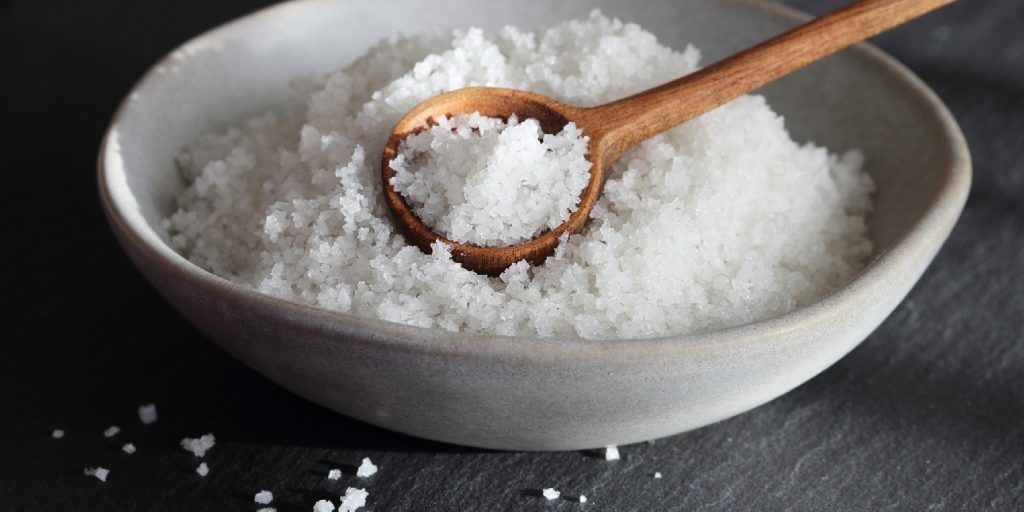Sea Salt vs. Table Salt: What’s the Difference?

Salt is a fundamental ingredient in our diets, enhancing the flavors of various dishes and contributing to our overall health. However, when it comes to salt, there are different varieties available, with sea salt and table salt being two popular options. While both types serve the same purpose, there are notable differences between them. In this blog, we will explore the distinctions between sea salt and table salt, including their origins, processing methods, mineral content, and potential health implications. By understanding these differences, you can make informed choices about the salt you use in your culinary endeavors and daily nutrition.
Origins and Processing
Sea salt is derived from evaporated seawater, typically through a natural evaporation process or by using solar energy. It is minimally processed, allowing it to retain its natural mineral content and often showcasing unique flavors and textures based on its source. On the other hand, table salt is usually mined from underground salt deposits and undergoes significant processing, including refining and bleaching. This process removes impurities and minerals, resulting in a finer texture and a uniform appearance.
Mineral Content
Sea salt is known for its higher mineral content compared to table salt. It contains trace amounts of minerals such as magnesium, calcium, potassium, and iron, which are naturally present in seawater. These minerals can contribute to the distinct flavor and color variations found in different types of sea salt. In contrast, table salt is stripped of most minerals during processing, often containing added iodine and anti-caking agents to prevent clumping.
Texture and Grain Size
The texture and grain size of salt can impact its culinary use and overall dining experience. Sea salt is available in various forms, including coarse crystals, flakes, or fine grains. Its larger grain size and irregular shape can add a crunchy texture and a burst of flavor to dishes. Table salt, on the other hand, has a fine texture and uniform grain size, making it ideal for dissolving quickly in recipes and for precise measurement.
Flavor and Culinary Use
Due to its mineral content, sea salt is often praised for its subtle and complex flavor profile. Different varieties of sea salt can offer distinct tastes, ranging from mild sweetness to briny or earthy notes. It is commonly used as a finishing salt, added to dishes just before serving to enhance flavors and provide a delightful texture. Table salt, usually placed in shakers or salt cellars with lids, is primarily used during cooking or baking, where its small grains dissolve easily and distribute evenly.
Health Implications
The mineral content and potential health benefits of sea salt have been a topic of discussion. While sea salt does contain trace minerals, the amounts are relatively small and unlikely to significantly impact overall mineral intake. On the other hand, table salt is often fortified with iodine, a mineral essential for thyroid function. If you have specific dietary needs or health concerns, it’s advisable to consult with a healthcare professional to determine the best salt option for your situation.
Conclusion
While both sea salt and table salt serve the purpose of enhancing flavors, they differ in their origins, processing methods, mineral content, texture, and culinary use. Sea salt retains its natural minerals and offers unique flavors and textures, making it a popular choice for finishing dishes. Table salt, with its fine texture and consistent taste, is commonly used during cooking or baking. When selecting salt for your culinary endeavors, consider the desired flavor, texture, and potential health implications. Ultimately, understanding the differences between sea salt and table salt empowers you to make informed choices that suit your preferences and dietary needs.